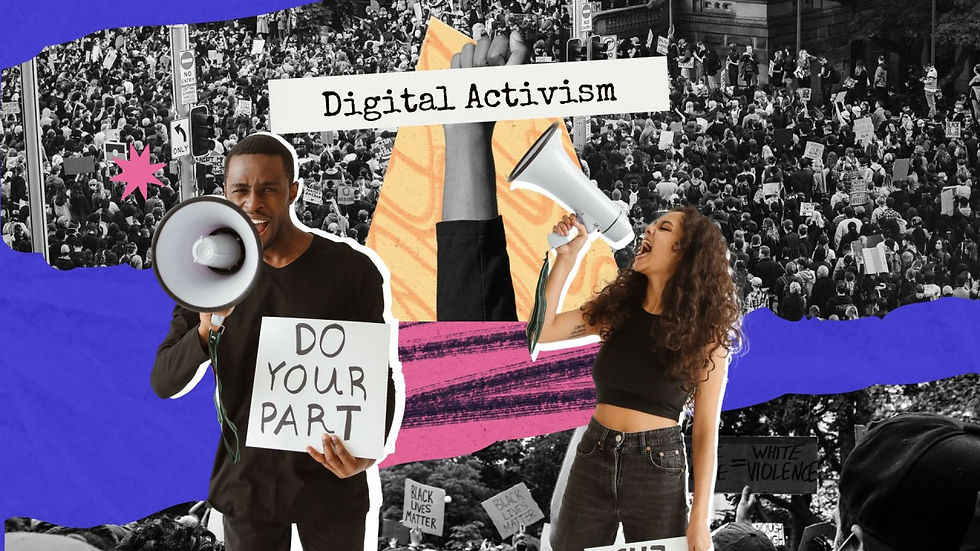Day 12 of Celebrating Pride: The Long Road to Love's Equality
- VaultBoyBrett
- Jun 12, 2024
- 4 min read
The pursuit of marriage equality for same-sex couples is a notable story in the history of civil rights movements. It is a story of love, resilience, and the unyielding pursuit of justice. This essay explores the historical journey of same-sex marriage advocacy, the monumental impact of legal recognition, and the ongoing challenges that face the LGBTQIA+ community.
The Historical Struggle for Recognition
The fight for same-sex marriage began as a quiet murmur in the late 20th century and crescendoed into a roar heard around the world. The early legal battles set the stage for a long and arduous journey toward equality. In 1970, when a Minnesota couple’s application for a marriage license was rejected, it sparked a legal fight that would reach the U.S. Supreme Court. Although the court declined to hear their case, it ignited a flame that would grow into a nationwide movement.
Throughout the 1970s and 1980s, many states enacted bans on same-sex marriage, with Maryland leading the charge. However, the winds of change began to stir with the advent of domestic partnerships in jurisdictions like San Francisco and the District of Columbia. These small steps were crucial in setting a precedent for the recognition of same-sex relationships.
Breakthroughs and Setbacks The turn of the millennium brought with it significant breakthroughs. Massachusetts’ landmark ruling in 2003 legalized same-sex marriage, setting off a domino effect across the United States. Yet, for every step forward, there were setbacks, such as California’s Proposition 8, which temporarily overturned marriage equality in the state.
The Obergefell v. Hodges Decision The pivotal moment in the fight for same-sex marriage came in 2015 with the Supreme Court’s decision in Obergefell v. Hodges. This historic ruling declared that the fundamental right to marry is guaranteed to same-sex couples by both the Due Process Clause and the Equal Protection Clause of the Fourteenth Amendment to the United States Constitution.
Global Perspectives and the Path Forward
While the United States has made significant strides in recognizing same-sex marriage, the global perspective presents a mosaic of acceptance and resistance. In some countries, same-sex marriage is celebrated and legally recognized, while in others, it remains illegal and stigmatized. This global disparity highlights the importance of international advocacy and the need for a unified approach to human rights.
The Role of Culture and Religion
Culture and religion play pivotal roles in shaping attitudes toward same-sex marriage. In many societies, traditional values and religious doctrines influence laws and societal norms. Advocates for same-sex marriage equality must navigate these complex cultural landscapes, promoting understanding and respect for diversity while challenging ingrained prejudices.
Technology and Social Media: Amplifying Voices
The advent of technology and social media has revolutionized activism. LGBTQIA+ advocates have harnessed these platforms to share stories, mobilize support, and create communities that transcend borders. Social media campaigns and viral hashtags have brought visibility to the cause, pressuring governments and institutions to acknowledge and address the demands for equality.
Education and Awareness: Building Bridges
Education remains a powerful tool in the fight for equality. Comprehensive educational programs that include LGBTQIA+ history and issues can foster empathy and allyship. By educating the younger generations, we lay the groundwork for a more inclusive future, where discrimination is not just legally, but culturally and morally, indefensible.
The Economic Argument: Beyond Morality
The economic benefits of same-sex marriage extend beyond the wedding industry. Inclusive policies attract talent and investment, as companies and individuals prefer environments that embrace diversity. Countries that champion LGBTQIA+ rights can gain a competitive advantage in the global market, further incentivizing the push for equality.
Stories of Love and Resistance
At the heart of the movement are the personal stories of love, commitment, and resistance. Each couple that stands up for their right to marry reinforces the message that love is universal. These narratives not only humanize the issue but also serve as powerful testimonies to the resilience of the human spirit in the face of adversity.
The history of same-sex marriage is a testament to the enduring spirit of the human heart. It is a reminder that love knows no bounds and that equality is not just a legal mandate but a moral imperative. As we reflect on the strides made, we must also commit to the journey ahead, ensuring that the future is bright with the colors of the rainbow, symbolizing hope, diversity, and unity. The journey toward same-sex marriage equality is far from over. It is a multifaceted campaign that intersects with culture, religion, economics, and personal narratives. As we continue to advocate for change, we must remember that the fight for equality is not just about laws and policies; it’s about affirming the dignity and worth of every individual. The road ahead may be long, but it is paved with the victories of the past and the promise of a more equitable future. Together, we can ensure that the arc of history bends toward love and justice for all.
Sources:










Comments